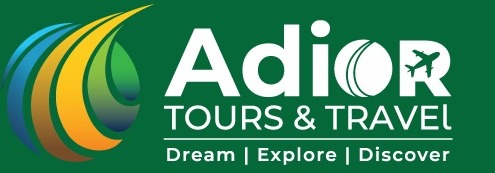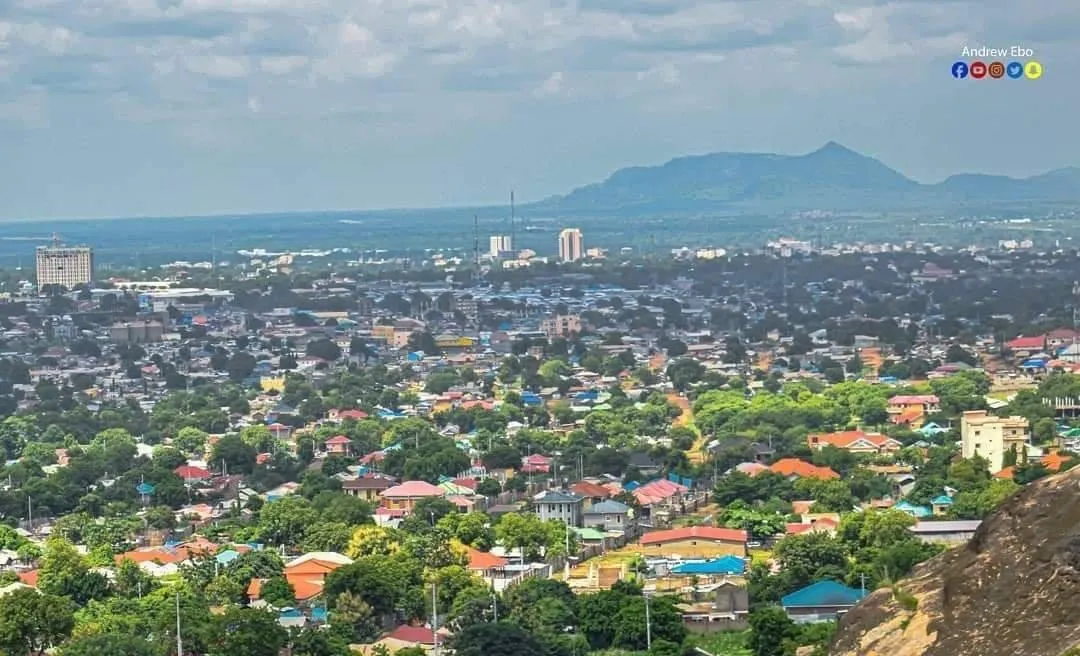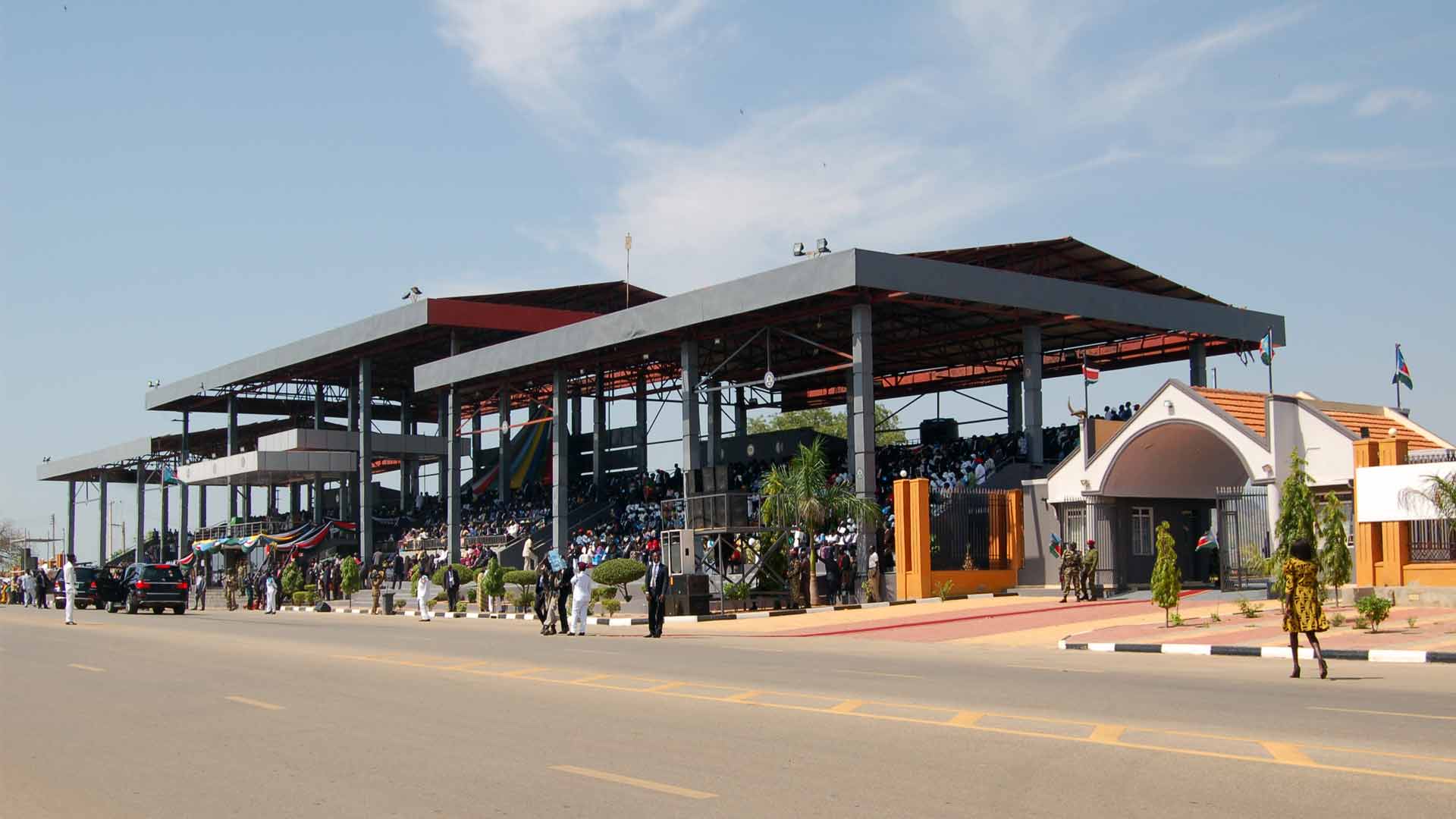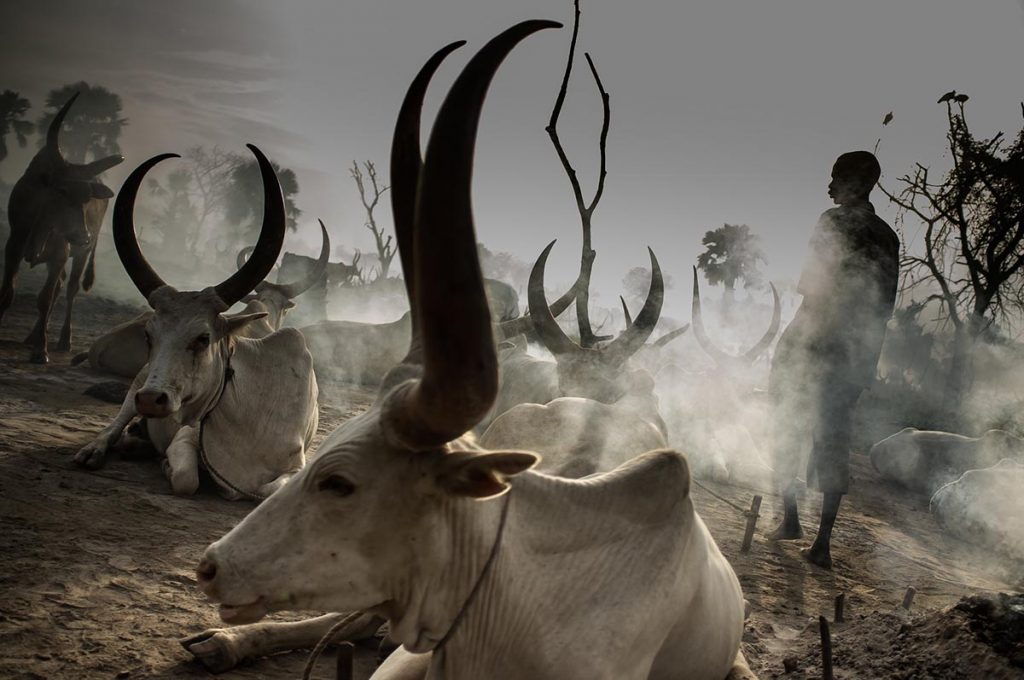Places to Visit in
South Sudan
South Sudan gives adventurous visitors the chance to experience Africa as it once was: amid pristine wilderness, with rare, remote cultural groups that have not been impacted by modernity. In your elderly age, you will be beaming knowing that you were among the very first to explore sites that will one day be so well-known. Returning to security We don’t advise waiting till complete peace returns to decide to visit South Sudan if you’re someone who wants to try something new, loves adventure, and taking chances in order to experience the finest that nature has to offer.
Nobody should be prevented from learning about South Sudan’s many fascinating aspects due to the media. In the national parks near to Kigali, poaching increased due to the civil conflict, but in the more remote locations, animals were left alone and their numbers are said to have multiplied by ten. Whatever is said, it is important to remember that the nation has abundant mineral resources, particularly oil, which will eventually be used to expand the infrastructure and tourism sector. It will happen in due course. Which significant tourist destinations can you find in Juba and South Sudan? You might also find our post about the tourist attractions in Mombasa fascinating before we continue with the Juba City attractions.
Juba and South Sudan Tourist Attractions
Tour Juba, as well as other cities and towns: Juba is South Sudan’s capital and one of the fastest growing cities in Africa. It has good lodging options and many more are being built. With direct flights from the Middle East and Africa’s major capitals, Juba International Airport is becoming busier by the day. The roads within and outside of the city are improving, and large corporations have established bases to capitalize on the available business opportunities. Juba is small enough to explore in a day or two. While in the capital, there are many interesting things to see and places to visit. Some of them will be covered as separate attractions in later chapters.
Those arriving by road from Uganda or the Democratic Republic of the Congo should fly into Juba International Airport. The University of Juba is the largest public university in the young country and a must-see. The university was founded in 1977, but due to civil unrest in the 1980s, it was relocated to Khartoum (Sudan). Students are instructed in English. After visiting the University, you can go to the new presidential palace, which opened three months after the country gained independence in 2011. Some areas of the palace are open to visitors, but photography is not permitted.
Jebel Kujur
Elongated and uniquely shaped, Jebel Kujur dominates the landscape wherever you are in Juba. At 684 meters above sea level, the local mountains look like dusty rocks during the dry season and transform into gorgeous green hills when it rains. It was once a field far from the city. Since 2005, however, since the latest stages of urban development, Jebel Kujur has increasingly been surrounded and engulfed by Juba.
Mansions, warehouses, and stone crushers (both manual and industrial) have settled at the base of the mountains, providing the stone and gravel essential for the city’s expansion. Since the end of the civil war with Sudan in 2005, South Sudan has continued to expand even after independence in 2011. Little by little, Jebel was transformed into a city of streets and concrete buildings lacking housing and basic infrastructure for the tens of thousands of new residents.
Jebel Kujur is also a weekend destination for mountaineering enthusiasts. Trails and pegs were laid into the rock face, and regular groups of climbers climbed Jebel every Sunday until late 2017 when safety restrictions made it impossible to climb.
During the 1983-2005 war, Jebel Kujur was a disputed area in Juba. It was used by the SPLA to spy on the city until the Sudanese military detected the rebels’ presence at the top of the mountain and drove them out. Lives were lost.
Jebel Kujur is home to several families who cultivate the land on the mountain side and also work as manual stone crushers. Small stones for sale are displayed on the side of the road.
Jebel Kujur’s original name was Korok. With the arrival of North Sudanese Arabs in the region, the common name changed to Kujour (Arabic for “witchcraft”), in reference to rituals said to take place in the mountains. Jebel is the subject of stories and legends known to the elders. Every day at sunset, when the sun dips behind you, the colors of Jebel Kujour unfold into a one-of-a-kind magical landscape.
Nimule Tamarind Tree
If you happen to be in Nimule, don’t miss out on seeing the famous Tamarind Tree. It is where the explorer Sir Samuel Baker rested in 1869 while searching for the Nile’s source. The tree is still standing today. The majority of these towns are reachable by air or via long and unpredictable roads.
Mount Kinyeti and the Imatong Mountains
If you love climbing mountains, then you will find Mount Kinyeti a challenging hike. At 3,187m, Mount Kinyeti is South Sudan’s highest peak. It lies in the remote and rarely visited Imatong Mountains close to the border with Uganda. Climbing to the peak exposes one to pristine wilderness, forested slopes and an opportunity to see creatures like leopards, buffaloes and elephants which live in the Imatong Forest Reserve.
White Nile
As the river Nile starts its journey from Uganda, it passes through several countries before reaching the Mediterranean Sea in Egypt. One of those countries is South Sudan. The river Nile has two main tributaries – The White Nile and the Blue Nile. The name came about because of the color of the river. The Nile changes color here because of the clay soil. The White Nile passes through Juba offering tourists in the capital an opportunity to visit it without driving or traveling long distances. A good idea is to visit the Juba bridge and admire the river from the top knowing that it travels through many countries. You can spot fishermen and transport boats going about their daily business. The White Nile is relatively calm and smooth flowing.
Nyakuron Cultural Center
This is arguably the best place to go and experience the diverse culture of the people of South Sudan. Like most countries in Africa, the tribal groups in South Sudan value dancing, singing and storytelling as a way of demonstrating what is good about their culture. The Nyakuron Cultural Center was built in 1976 to help showcase the cultural heritage of the people of Southern Sudan. It is built with a large garden, a night club, an outdoor stage and an auditorium.
Whitewater rafting
And you thought whitewater rafting was only possible in Uganda? Well think twice. A whitewater rafting crew has been set up near Nimule giving adventurous travelers an opportunity to row through the challenging Nile rapids from Nimule all the way to the capital Juba
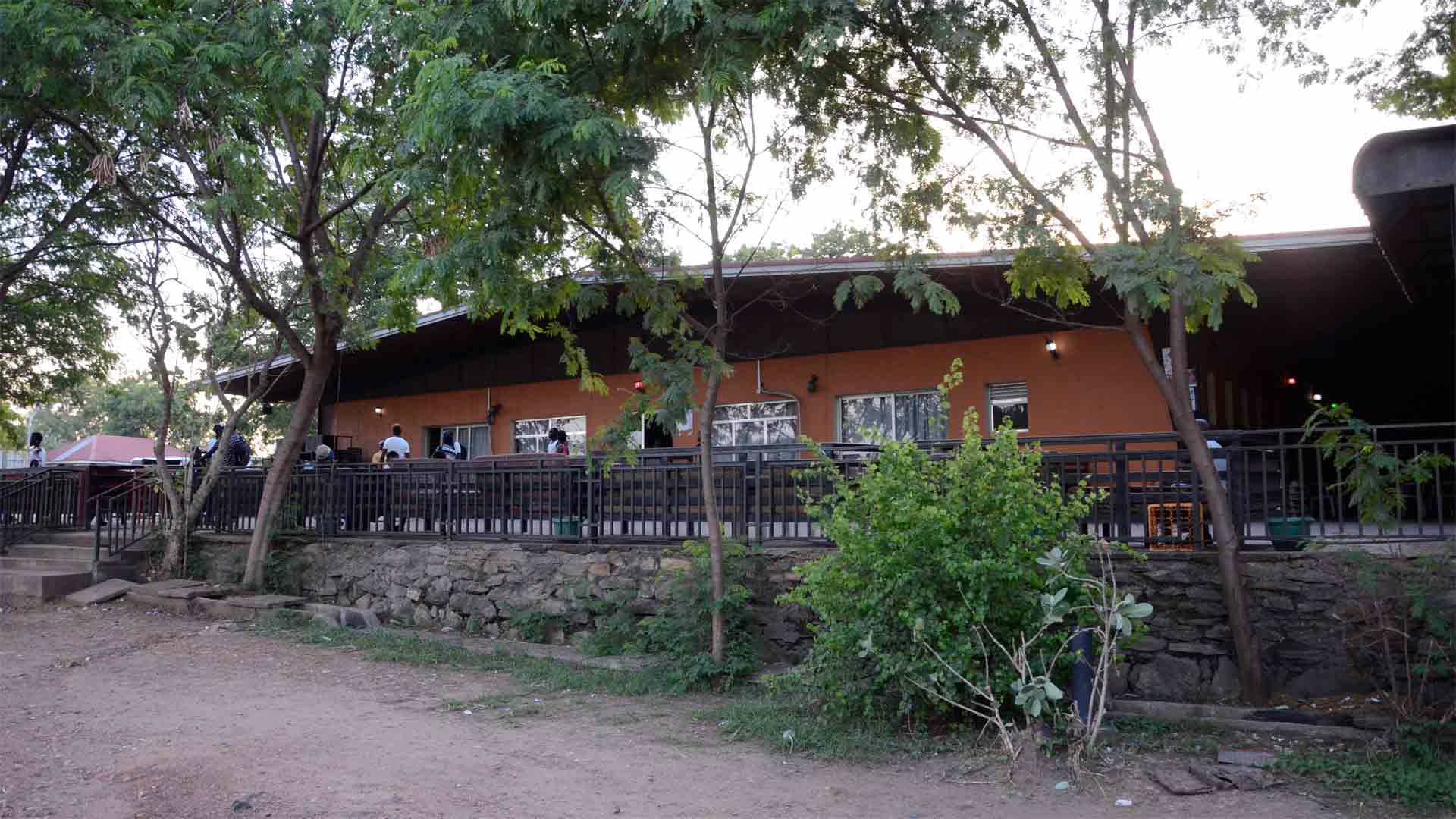
The whitewater rafting experience here is even more thrilling because you will pass through areas inhabited by hippos, crocodiles, antelopes, primates, and elephants. There are island stops and calmer waters for sport fishing and birding. If you’re in Juba for the weekend, you can book a whitewater rafting trip with African Rivers. They will pick you up in the capital and transport you to Fola Falls in Nimule National Park. The activity begins in the early morning. The first eight kilometers of rapids are grade 4 and can be frightening for inexperienced rafters. After that, things become easier as the rapids become grade 3 and 2.
John Garang Mausoleum
Garang was a highly respected former South Sudanese leader who died in a helicopter crash while returning from a meeting in Uganda. He was the leader of the liberation movement that fought against the Sudanese government’s oppressive rule until the country gained independence. The Mausoleum is located on the Avenue of Nations, which hosts independence celebrations. Visit the Mausoleum to pay homage to a leader regarded as South Sudan’s father. The facility is heavily guarded, and you must be courteous when signing the visitor’s books in order to gain access without difficulty. The facility features a photo of the former president as well as South Sudan. The actual tomb is heavily guarded and locked in a special enclosure
All Saints Cathedral
The main Christian church in Juba. It is situated between Gombra and Lanya streets. Sunday prayers attract many influential people in Juba and can be an interesting place. On Sundays, he offers three services: English, Zande, and Arabic. There are plans to construct a larger church capable of accommodating a large number of believers. Wau Catholic Cathedral: Built in 1913, the Wau Catholic Cathedral is an important symbol of the role of Christian missionary groups in the country’s development. Its architectural design is impressive, and it contains unusual stained glass windows and stone carvings that set it apart from the smaller churches in the area.
Visit the Dinka Cattle Camp or Cattle Market
The Dinka are the most influential and largest tribal group in South Sudan. Many have moved to capital cities and other administrative states, but most remain nomadic. Cows play an important role in determining the status of individuals and families, and it is not uncommon for the bride price to exceed 400 cows. The barn can accommodate over 600 cows. When he visits one of the camps, he gets a glimpse into their way of life, centered around animals. Cows provide almost everything their owners need to survive. If you’re in Juba and don’t have easy access to the cattle camps outside the city, you can visit the cattle market in the city center to see the animals for sale. Cows are very symbolic in South Sudan, and the full-grown white bull with long horns is a sight to behold. Watch Wrestling at Liberty Square in Bor: Wrestling is a traditional sport among many tribes in South Sudan. Participants remove their jackets and challenge them to a duel in front of a large audience. There are prizes for the winner that cost a total of cows. To see this, you have to go to the square on weekends.
Eating Out
Juba’s large humanitarian and expatriate communities have led to the establishment of several fine restaurants in the capital. There are both expensive and budget restaurants that are open late. You can go to cheaper restaurants if you want to interact more with locals you can visit one of the cheaper restaurants
So, what are the best restaurants in Juba? Da Vinci, which serves international, Italian, and vegetarian fare, should be our first stop. Notos Lounge Bar and Grill serves Indian and Mediterranean cuisine. Spice ‘n Herbs is well-known for its excellent Chinese, Italian, and Indian cuisine. Home and Away is another option for Thai and other Asian cuisine. If you’re looking for African, particularly Ethiopian, cuisine, check out Il Paradiso and Juba Bridge Hotel Restaurant. Le Bistro is a must-visit for the best burgers, soups, pies, cakes, and fresh salads. Istanbul for Turkish and Middle Eastern cuisines and Villa Marvella for a quick snack on your way home.
Precautions when visiting Juba and South Sudan Expensive Travel
Travel within South Sudan is expensive compared to neighboring countries. This is mainly due to the lack of staple food. Credit card payments are only possible in Juba and some larger cities, so it’s important to travel with plenty of cash. Dollars are accepted, but local South Sudanese pound notes are also required. A visa and a valid passport are essential for entry and travel to various cities in South Sudan. Expect to stop at multiple checkpoints and obstacles.
Friendly People: Despite decades of civil war and little contact with foreigners, South Sudanese are generally very friendly, hospitable and open to outsiders. Their xenophobia can be used to learn a lot about the country and its internal dynamics without being too curious.
Climate: South Sudan has a tropical climate with heavy rainfall followed by a dry season. Some parts of the country experience more rain and heat, but usually the rainy season occurs between April and October. Higher elevation areas receive more precipitation than flatter areas. It’s also important to note that due to its proximity to the equator, day and night are of equal length.
Best time to visit
Because the country has both wet and dry seasons, it is best to visit during the dry season, which runs from November to April. During the rainy season, travel is difficult due to a poor road network in the countryside. The streets are muddy, and the river is overflowing. This is unfortunate given that it is this time of year when the countryside is lush and beautiful. Roads are muddy, and flooding can cause road closures for several days. From March to April, wildlife migrates from Sadd to Boma National Park. Visit between November and the end of December to see the animals return to Sud.
Photography
While it may appear to be harmless, local authorities, particularly the military, do not tolerate people photographing public buildings, particularly in Juba. Juba has some of the most stringent photography regulations. If you are caught taking unauthorized photos without the permission of a government official, you may be arrested or even imprisoned. Take no photographs of government buildings or military installations. You will be assisted in obtaining the necessary permits by a local guide. You are free to take as many photos as you want once you leave the capital.
Tribal Tensions
Tribal tensions are a major source of some of South Sudan’s problems. It’s critical not to get mixed up or side with a specific tribe, even if you have good reason to. Be diplomatic in tribal discussions and, if possible, let locals talk about tribal topics.
Medical Facilities
The ongoing insecurity in some parts of South Sudan has put many insurance companies off, but it is important to get travel insurance before you travel. Insurance should cover eventual evacuation and treatment in neighboring countries. Find an insurance company that covers travel to high-risk countries. Medical facilities do not meet international standards, with the exception of some facilities run by governments or international organizations. Transportation within the capital and towns: The best way to get around Juba, the capital, and smaller towns is by boda (motorcycle taxi). Taxis are great for traveling long distances and won’t take you to hidden parts of the city. Get a boda for city sightseeing.



